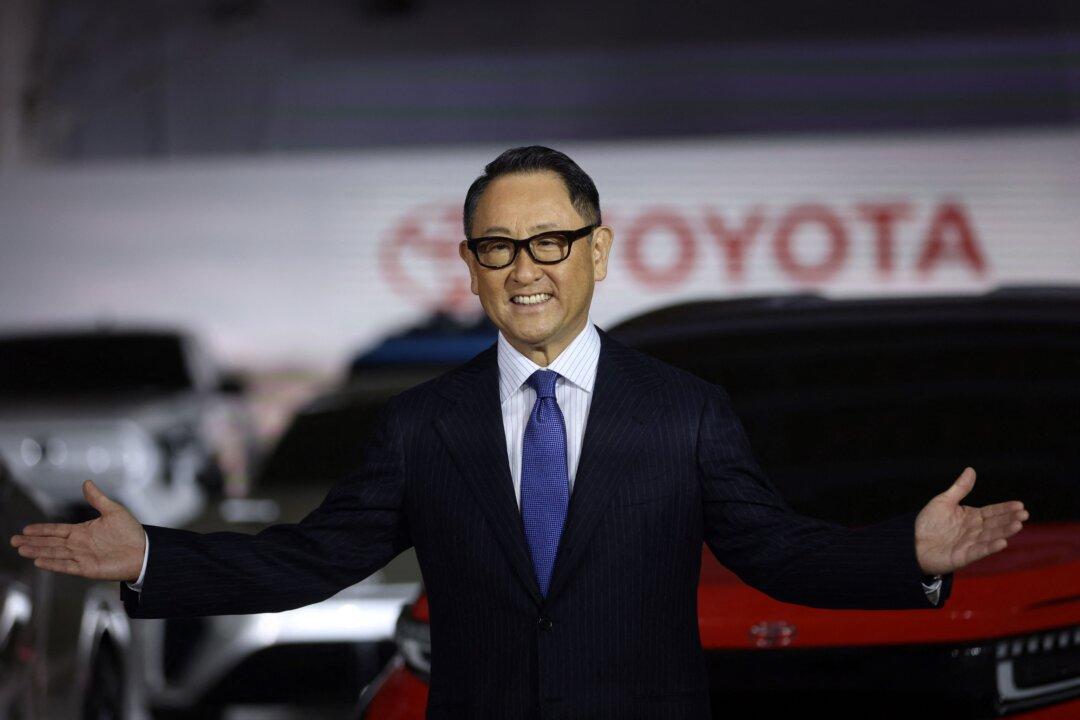Akio Toyoda, president of Toyota Motor Corp., has said that automakers pursuing an electric-only agenda does not reflect the market reality because the technology and infrastructure are yet to mature, while a “silent majority” that align with that perspective can’t speak out.
“People involved in the auto industry are largely a silent majority,” Toyoda told reporters during a visit to Thailand, according to The Wall Street Journal. “That silent majority is wondering whether EVs [electric vehicles] are really OK to have as a single option. But they think it’s the trend so they can’t speak out loudly … Because the right answer is still unclear, we shouldn’t limit ourselves to just one option.”





